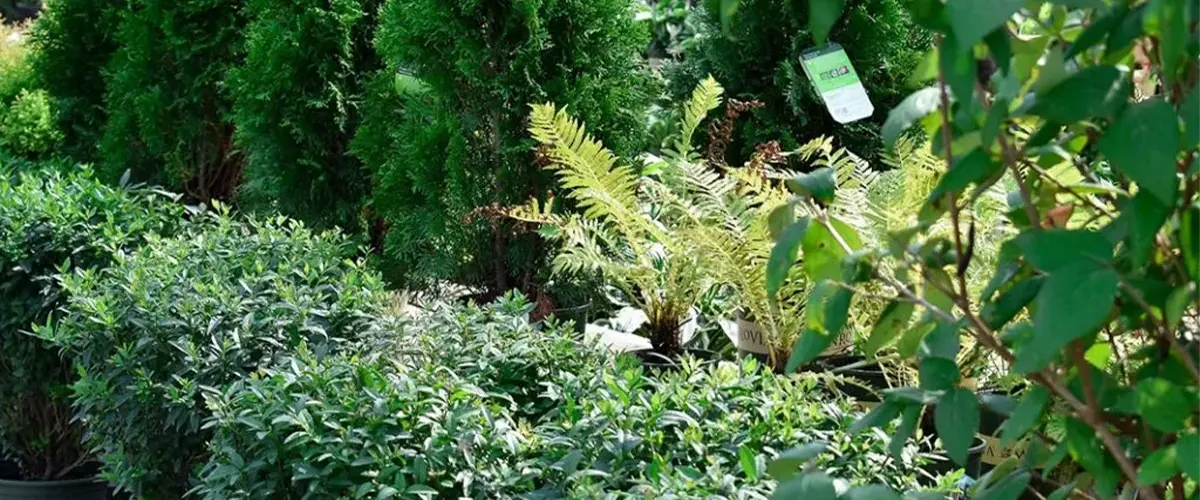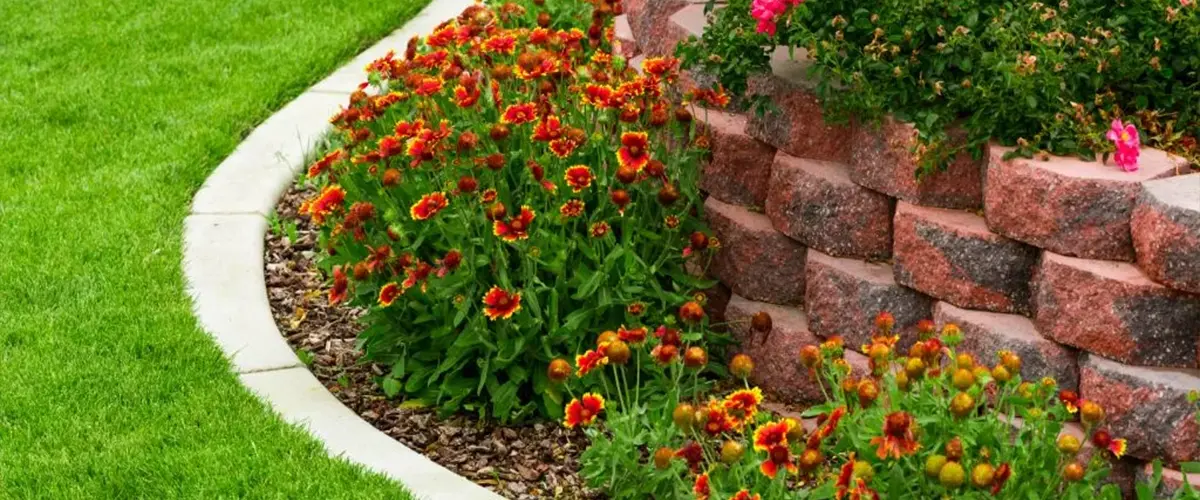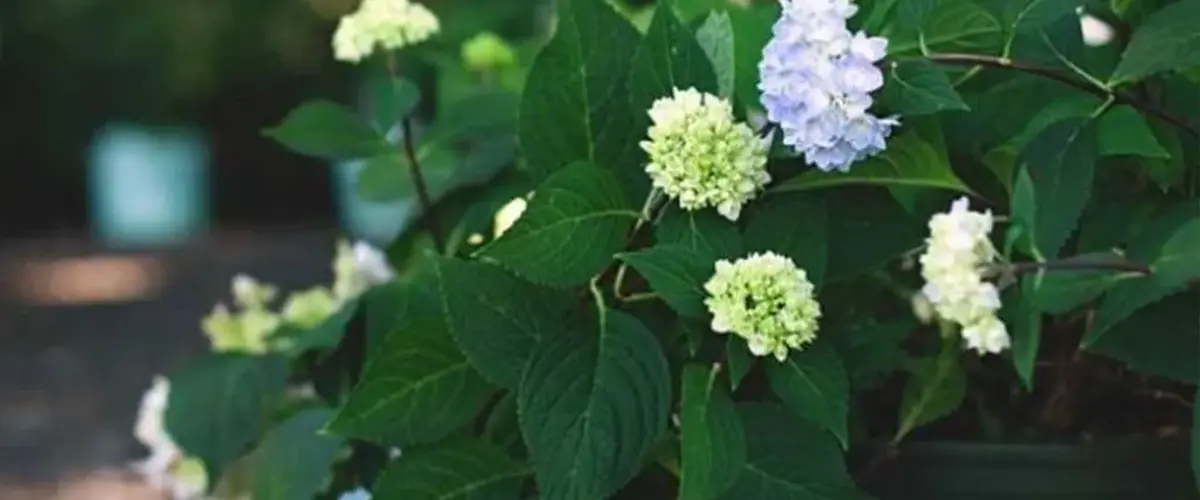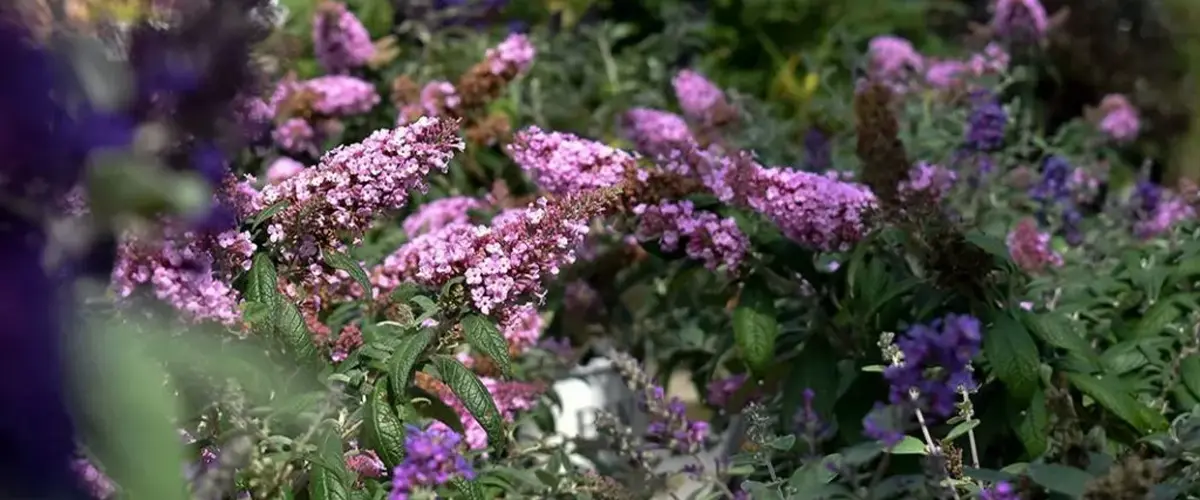
Growing plants is an excellent way to spruce up your property. Although not everyone is born with a green thumb, growing healthy plants is easier than you think.
Below is everything you need to know about growing plants in Williams County.
The Stages Of Plant Growth
One of the most important things to remember about plants is that they are alive. They may not walk around like other living things, but they rely on adequate water and food for survival. They can also suffer from various diseases as they age.
The life expectancy of a plant will vary depending on the species. However, every plant has six main growth stages.
Sprout
Seedling
Vegetative
Plants rely on their green pigment, called chlorophyll, to grow. Nitrogen is a critical element of chlorophyll and helps the plant develop its foliage. As a result, you can see more leaves growing from the stem during the vegetative phase.
Budding
Flowering
Ripening
What Do Plants Need To Grow?

Water And Nutrients
Nearly every living thing on Earth needs water to survive. That includes plants. However, water isn’t always enough to promote plant growth.
Just like people and animals rely on food, plants need specific nutrients. Plants use water to carry their nutrients from the roots to the leaves and vice versa. Plants rely on three primary nutrients:
- Nitrogen
- Phosphorus
- Potassium
If the soil is dry, the plant roots will struggle to absorb and carry the necessary nutrients. On the other hand, too much water can drown the plant.
Carbon Dioxide And Soil
Plants are alive and rely on clean air to “breathe.” However, certain pollutants like smoke or gas can prevent plants from absorbing carbon dioxide.
Carbon dioxide is an essential part of the photosynthesis process. Without it, the plant will struggle to make food.
Along with clean air, plants need healthy soil for nutrient consumption.
Proper Environmental Conditions

Plants are alive and rely on clean air to “breathe.” However, certain pollutants like smoke or gas can prevent plants from absorbing carbon dioxide.
Carbon dioxide is an essential part of the photosynthesis process. Without it, the plant will struggle to make food.
Along with clean air, plants need healthy soil for nutrient consumption.
Room To Grow
Plants are alive and rely on clean air to “breathe.” However, certain pollutants like smoke or gas can prevent plants from absorbing carbon dioxide.
Carbon dioxide is an essential part of the photosynthesis process. Without it, the plant will struggle to make food.
Along with clean air, plants need healthy soil for nutrient consumption.
10 Steps To Grow Plants

Ready to start growing plants in Williams County? Here are 10 steps to help you get started:
1. Get A Planting Container
2. Find Quality Soil
Choosing the right soil is crucial for plant hormones and overall health. You can find sterile seed-starting soil at your local garden shop. Use warm water to moisten the soil before filling a pot or container for optimal seed growth.
3. Determine The Proper Planting Depth
4. Use The Right Amount Of Water
Never use cold or hot water; it should always be room temperature. When using chlorinated water, let it sit overnight to dissipate properly.
Using too much water can drown the plant, while not watering enough can dry it out. Always make sure the soil is moist for adequate nutrient absorption.
5. Keep Consistent Moisture Levels
6. Make Sure The Soil Is Warm
In order to germinate, seeds need adequately warm soil. The prime soil temperature for germination is 78 degrees Fahrenheit.
Using waterproof heating mats can help you maintain proper soil temperature and promote healthy plant growth.
7. Fertilize
8. Ensure Proper Lighting
9. Air Circulation
10. Hardening Off
Professional Planting Services In Williams County
We know that growing plants is exciting, but it can also be a lot of work. Contact Farrell’s Lawn & Garden Center in Williams County via our contact form.
Related Local Home Remodeling Business
